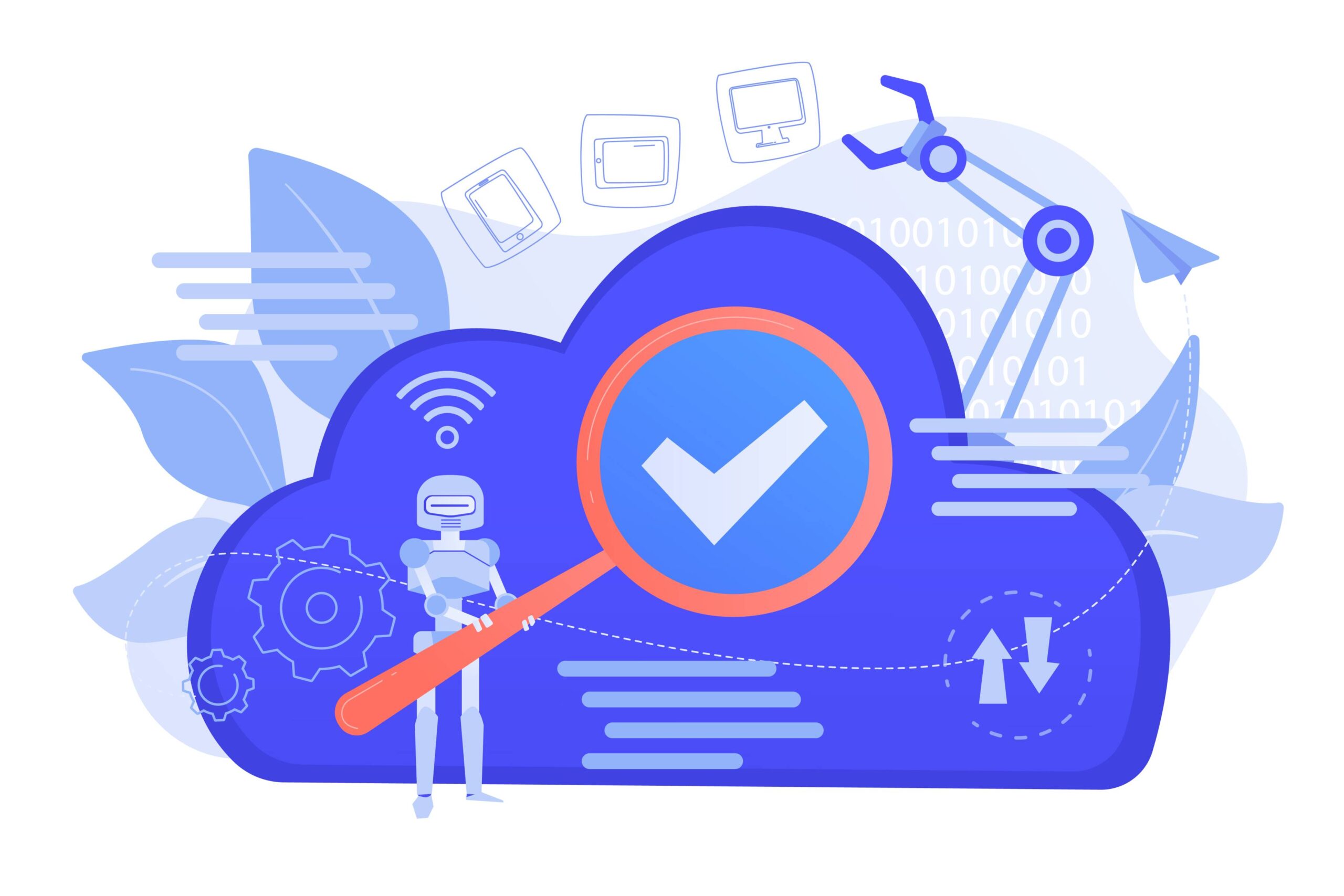The demand for Cloud-based applications has increased more than ever in recent times. Therefore, the cloud computing market has become vital in recent years.
According to Statista, the global cloud application market will increase from $133.6 billion in 2021 to a forecasted $168.6 billion by 2025, thus demonstrating the importance of cloud application development.
Businesses are rapidly moving to cloud-based solutions to enlarge their scalability, reduce running costs, and improve productivity. Cloud application development is driving this change by helping organizations provide robust, scalable, and reliable applications to users.
This blog post will explore the definition, types, examples, advantages, technical difficulties, and detailed guide on how to develop cloud application.
What is Cloud Application Development?
Cloud application development is another way of software development that builds the application’s infrastructure, storage, and power processing through cloud services compared to on-premises hardware.
The shifts set the scene for building flexible, scalable applications from scratch, handling different levels of demand without major upfront investments in physical infrastructure.
Through cloud computing platforms, a wide variety of tools, services, and computing resources are acquired on demand, thus helping developers speed up development, testing, and deployment processes. This allows collaboration because members can work on an application from anywhere at any time with real-time access to the same resources and data.
Additionally, cloud applications benefit from infinite updates and continuous improvement by cloud service providers so that they may be secure, up-to-date, and able to use new technologies, among other things. This fundamental shift in how applications are developed and maintained does bring considerable benefits in terms of cost efficiency, performance, and the ease of quickly innovating.
Types of Cloud-Based Apps
Following are the types of cloud-based apps that one should know:
Software as a Service:
SaaS stands for an online service whose applications are hosted on cloud servers. The user accesses these applications through a web browser. Examples include Salesforce, Dropbox, Google Workspace, etc.
Platform as a Service:
Paas is a platform for developing and testing applications, removing the need to manage the underlying infrastructure. Heroku and Microsoft Azure are just some of the examples.
Infrastructure as a Service:
Iaas makes virtualized computing resources available through it. Amazon Web Services and Google’s compute engine are some examples.
Function as a Service:
Faas stands for serverless computing. The server can handle specific events, allowing developers to execute code snippets without server involvement. AWS lambda and Azure functions are examples.
AI as a Service:
AIaaS simply refers to artificial intelligence tools/models delivered via cloud-based platforms, whereby businesses can access and integrate AI capabilities without building and maintaining their own infrastructure. Under this service model, AI further democratizes to be more accessible, scalable, and cost-effective for organizations of any size.
How to Develop Cloud Applications?
The following are the steps on how to develop a cloud application:
Step 1: Requirement Analysis
System or Application requirements are often described in light of their objectives, intended audience, and available functions.
Step 2: Choosing the Right Cloud Model
SaaS, PaaS, IaaS, or FaaS; utilize according to the application requirements.
Step 3: Selection of Cloud Service Provider
To assess providers like AWS, Azure, or Google Cloud, criteria like pricing, scalability, and services must be used.
Step 4: Architecture Design
Plan out components, data flow, and application integration points.
Step 5: Develop Application
Applications use appropriate programming languages, frameworks, and tools.
Step 6: Testing
The best possible testing for functionality assurance, security, and performance will be done.
Step 7: Deploy
The application shall be deployed to the cloud environment chosen.
Step 8: Monitor and Maintenance:
Performance shall be constantly monitored, and updates/patches shall be done as necessary.
Example of a Cloud Application
One prime example of a cloud-based application is Netflix. Netflix streams tons of video content to millions of users across the globe using AWS’s cloud services. It scales cloud resources to meet fluctuating demands so that the streaming experience is not hampered by peaks.
Benefits of using Cloud-Based Apps
The following are the advantages provided by the cloud-based apps:
- Cost Saving: It saves costs since not much hardware is involved, and maintenance costs are reduced too.
- Scalability: Resources can quickly be scaled up or down as per demand.
- Accessibility: Applications are accessible from anywhere with an internet connection.
- Disaster Recovery: Robust solutions for backup and recovery of data.
- Automatic Updates: Service providers update applications to run on the latest versions.
Technical Challenges of the Cloud Application Development
Although Cloud application development offers various advantages, it also presents several challenges that are listed below;
Security Concerns:
Cloud services are available for almost any Internet user. Simply put, these applications are always open to several cyber threats, like data leakage, unauthorized access, and distributed denial of service attacks. The risk associated with such security threats can be minimized, provided the developers use SSL protocols and encryption standards to protect the data.
Latency Issues:
Latency in data transmission between the user and the cloud server can be considered a significant problem, especially when real-time applications are involved. In this respect, network performance should be enhanced to the best of the developers’ abilities, utilizing Content Delivery Networks to maintain high responsiveness and efficiency of cloud applications.
Compliance and Regulatory Constraints:
Cloud application development manages sensitive data, such as personal information and financial records. To protect users’ information, developers must ensure that their cloud applications comply with government rules and regulations, including complicated data processing, storage, and transfer requirements.
Vendor lock-in:
A company relying solely on one supplier may fall under vendor lock-in, which comes with flexibility constraints and price hikes. Developers should adopt either a multi-cloud strategy or open standards. This would ensure flexibility and prevent the organization from being dependent on one vendor in case market conditions change.
How to Develop Cloud Applications with VisionX?
At VisionX, we understand that cloud application development can be intricate, and we are ready to help you at every step. We have a comprehensive set of services that will work towards making a difference and empowering your business.
Our outsourcing services in software development will eliminate the need for in-house resources and afford all the associated benefits to the customer. We can choose the right developers for your project, ensuring you have the right skills and experience to meet your goals and objectives.
Team up with VisionX to build strong, scalable, and user-friendly cloud applications that can best suit business needs. Let’s bring your vision to life!
Final Thoughts
Cloud application development has become one of the foundational elements in modern software engineering. It is transforming the way businesses design, deploy, and manage digital solutions.
This will help in developing applications that are not only scalable and efficient but also highly accessible, thus giving users perfect experiences across different devices and geographies.
With the digital world constantly evolving, businesses that embrace cloud application development stand a better chance of leading in their respective industries. Cloud applications’ inherent flexibility, scalability, and efficiency make businesses agile and more responsive to customers’ needs while driving innovation.
At a time when digital transformation is the key to staying competitive, understanding how to develop cloud applications is no longer an option but a necessity for businesses with bright visions of the future.





